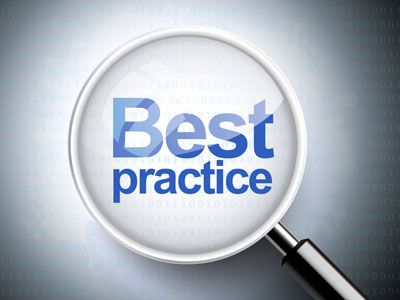 By Scott S. Smith
By Scott S. Smith
Security Practice Lead
The recent data breach at Equifax is just one of the latest in a long string of high-profile cybersecurity failures. In this particular case, the Social Security numbers and other sensitive information of up to 143 million Americans were exposed. In another case, the NotPetya attack very quickly spread to, then severely hobbled operations in, corporations around the world, including the giant shipping company Maersk.
These and other recent cybersecurity failures in the news have resulted in intellectual property loss, disclosure of embarrassing communications, loss of business, massive public relations nightmares, and more. And that’s just for the high-profile cases!

 By Scott Smith
By Scott Smith By Stephen McGrady
By Stephen McGrady By Scott Smith
By Scott Smith By Stephen McGrady
By Stephen McGrady By Jeff Richards
By Jeff Richards By Stephen McGrady
By Stephen McGrady By Jeff Richards
By Jeff Richards By Stephen McGrady
By Stephen McGrady By Jeff Richards
By Jeff Richards
